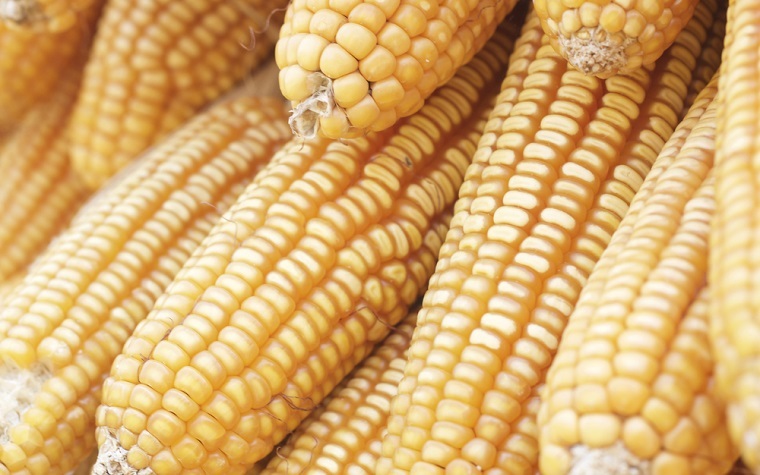Iowa State University
assistant professor of ecology, evolution and organismal biology
Matthew Hufford has helped to study centuries of cultivation to learn how corn adapted to various environments and elevations throughout.
Hufford believes learning about the adaptations of corn as it grew in Mexico could help plant breeders create crops that perform better despite environmental and elevational changes.
This project includes researchers from the University of Missouri, the University of California at Davis, and the National Laboratory of Genomics for Biodiversity in Irapuato, Mexico. The research has gained a five-year $4 million grant from the National Science Foundation; approximately $800,000 will be invested in Hufford’s studies at Iowa State.
“With this project, we hope to identify good candidates for genes that played key roles in helping maize adapt,” Hufford said. “You could use that new knowledge to design corn to deal with the environmental challenges of today, like climate change and other stresses.”
Corn was found approximately 100,000 years ago in Mexico’s warm southwestern lowlands. In just a short period of time, the plant grew throughout the Americas, but the genetic mechanisms behind these changes remain unclear for researchers.
Iowa State scientist uses federal grant to study corn adaptation


 Alerts Sign-up
Alerts Sign-up